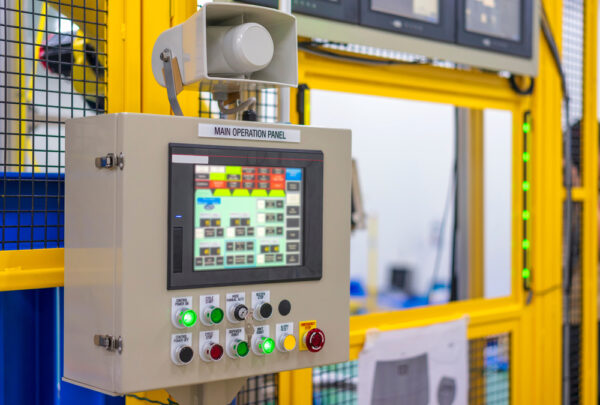5 Warning Signs Your Precision Instruments Need Calibration

In precision manufacturing, calibrated instruments are the foundation of quality control and consistent output. The smallest measurement errors can lead to costly production issues, wasted materials, and unhappy customers. Put simply: a single millimeter can make the difference between perfection and waste.
The key to avoiding these problems? Diligent maintenance. Here are five warning signs that signal your measuring tools need immediate attention.
1. Erratic readings that don’t add up
The first sign often appears in the data itself. When measurements of the same component yield different results under identical conditions, your instruments are likely drifting from their calibrated settings. These inconsistencies, even if minor, can quickly cause significant production issues.
Solution: Start by documenting these variations. If readings differ by more than your acceptable tolerance range, it’s time to investigate. This issue becomes especially apparent when multiple operators measure the same part and get notably different results.

2. Visual damage or wear patterns
Physical indicators shouldn’t be overlooked. Scratches on measuring surfaces, loose components, or worn contact points can compromise accuracy. Even small dings or corrosion spots on digital calipers or micrometers can throw off measurements by several thousandths of an inch.
Solution: Regular visual inspections should focus on contact points, measuring faces, and moving parts. Watch for signs of rust, impact damage, or worn graduation marks on analog instruments. These physical imperfections often indicate that recalibration alone won’t solve the problem – the instrument might need repair or replacement.
3. Digital display irregularities
For electronic measuring tools, watch for flickering displays, delayed responses, or numbers that jump unexpectedly. These symptoms often indicate internal problems that affect measurement accuracy. Battery issues can also lead to unreliable readings, but don’t assume a fresh battery will solve deeper calibration problems.
Solution: Pay attention to how the display responds to movement – any lag time between physical adjustment and digital readout could signal electronic issues. Environmental factors like temperature changes or electromagnetic interference can also affect digital instrument performance.
4. Failed repeatability tests
When standard test pieces no longer measure consistently, your instruments need attention. A simple repeatability check involves measuring the same component multiple times – if the variations exceed your acceptable tolerance, it’s time for calibration. This testing should be part of regular maintenance routines.
Solution: Set up a systematic approach. Measure a calibrated test piece at the start of each shift, record the readings, and track any variations over time. This practice helps identify gradual drift before it affects production quality.

5. Missed calibration schedules
Regular calibration isn’t just a box to check – it’s important for maintaining measurement accuracy. If your instruments have gone beyond their recommended calibration intervals, they may be producing inaccurate data without showing obvious signs of malfunction.
Solution: Different instruments have different calibration frequencies based on usage, environment, and precision requirements. Create a calibration tracking system that accounts for these variables and sends automatic reminders when recalibration is due.
Resolve small errors before they become big problems
The cost of using poorly calibrated instruments goes beyond scrapped materials. It affects product quality, customer satisfaction, and compliance. Regular calibration helps prevent these issues while protecting your bottom line. Consider calibration an investment in precision and reliability rather than an overhead cost.
Throughout the month of December, don’t forget that you can Stack and Save with GES! Bundle 3 or more precision equipment pieces and get 15% off on repairs! We make it easy to keep your precision systems up and running right.
